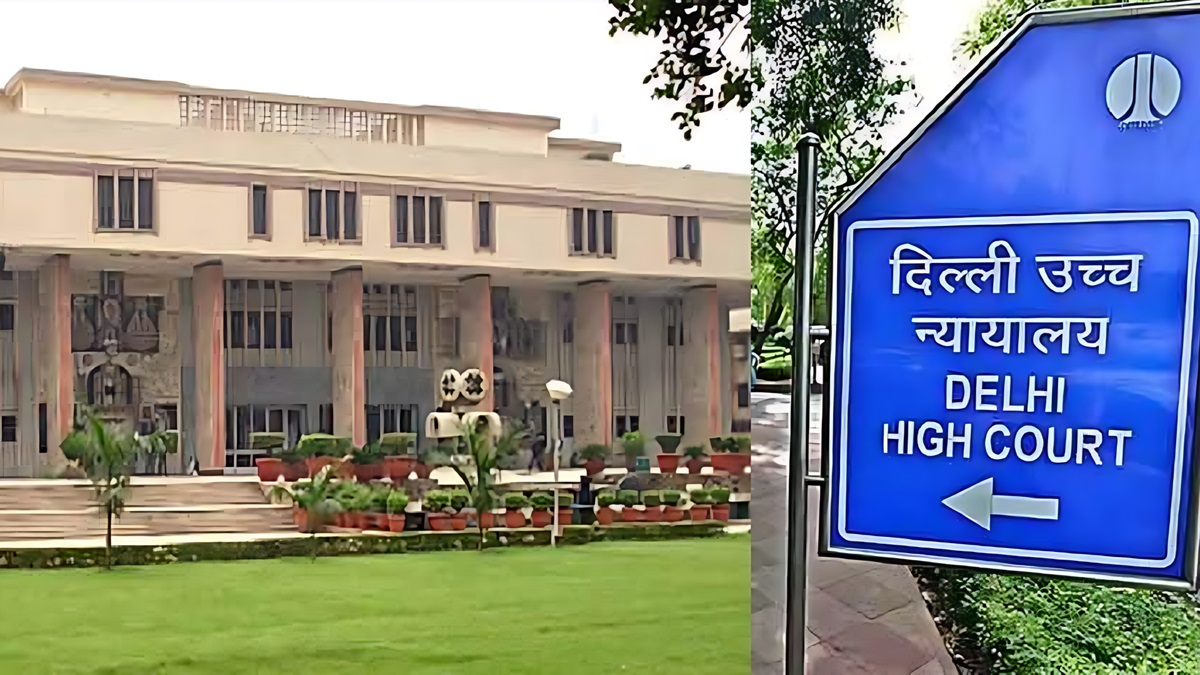 |
|
The Delhi High Court's decision to quash the Muslim side's plea against the installation of a statue of Rani Laxmi Bai in Shahi Eidgah park, Delhi, marks a significant development in the ongoing controversy surrounding the land. This decision paves the way for the Delhi Development Authority (DDA) to proceed with the acquisition of the land and the subsequent erection of the statue. The court's ruling comes after weeks of protests and legal battles, highlighting the complexities and sensitivities surrounding religious sites and historical figures in India.
The court's rationale behind its decision, while not explicitly stated in the provided excerpt, likely revolves around the principle of balancing religious freedom with the commemoration of historical figures. The installation of the statue, which celebrates a prominent figure from Indian history, is viewed by many as a means of promoting national pride and preserving historical memory. However, the Muslim community, who consider the Shahi Eidgah park to be a place of religious significance, had argued that the statue's presence would be disrespectful and potentially incite communal tensions. The court, in its judgment, appears to have weighed these competing interests and concluded that the installation of the statue would not significantly infringe on the religious rights of the Muslim community.
The DDA's swift response to the court's decision, with the initiation of the acquisition process and the deployment of heavy police force to the site, suggests the authority's commitment to carrying out the project with minimal delay. The presence of police, while serving to ensure security and prevent any potential disruptions, also underscores the sensitivity surrounding the issue. The court's warning to the applicants to refrain from giving the statue installation a communal color further highlights the need for a peaceful and respectful approach in the implementation of the project. The upcoming stages of the project, from the acquisition of the land to the actual installation of the statue, will be closely watched by the public and various stakeholders, as the potential for controversy and conflict remains.
